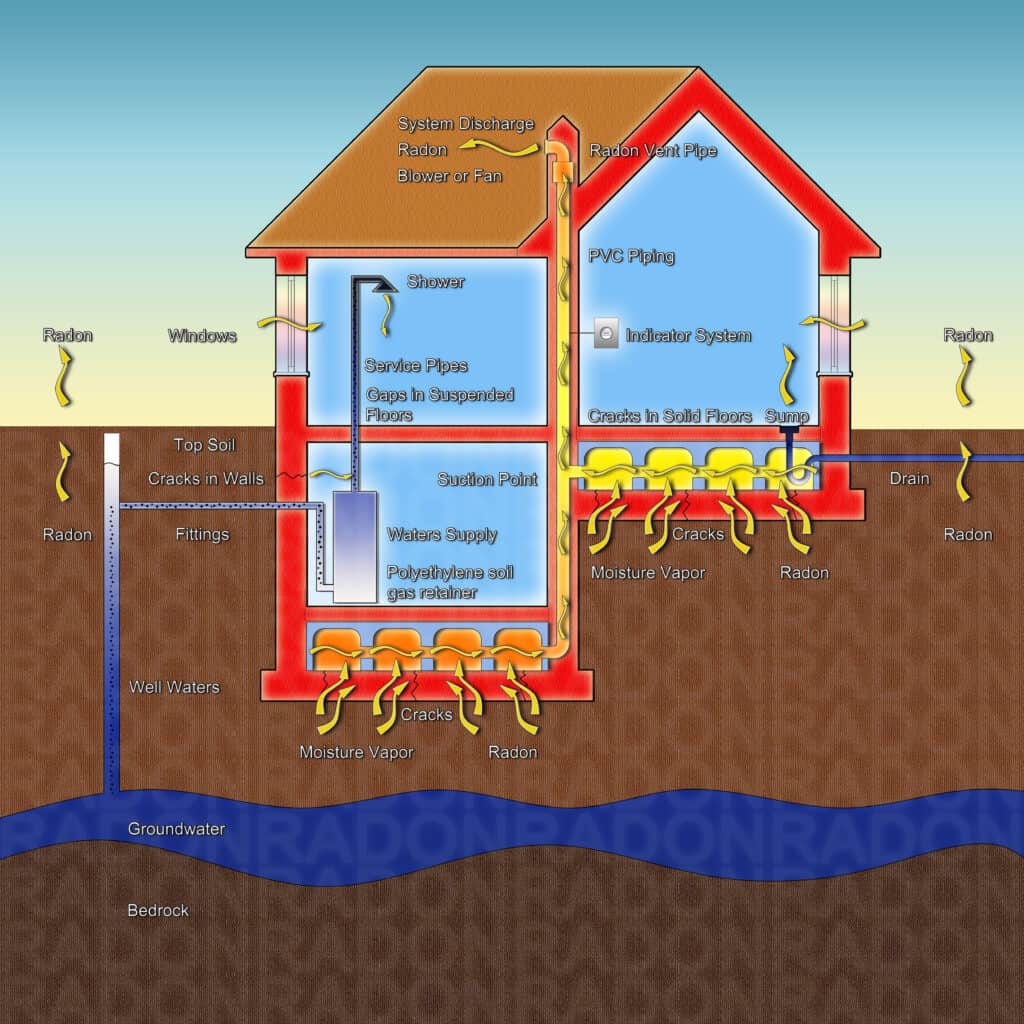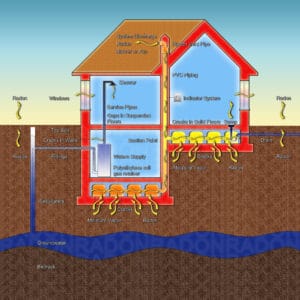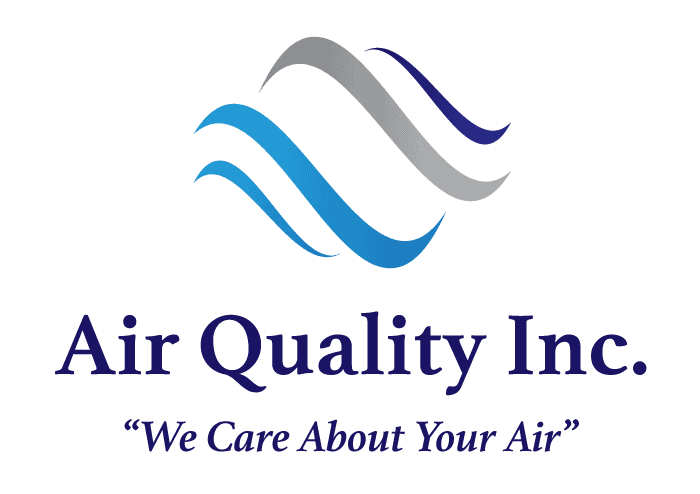When it comes to household dangers, radon gas is not typically the first concern that springs to mind. However, this colorless, odorless gas can pose a significant health risk without any obvious signs. Today, we’re taking a closer look at radon, explaining its risks, how it enters your home, and what you can do to protect your family. Air Quality Consultants (AQC) is here to guide you through understanding and mitigating this silent threat.
What is Radon?
Radon is a naturally occurring radioactive gas that results from the breakdown of uranium in soil, rock, and water. It seeps into the air we breathe and is found in every part of the country, affecting both new and old homes alike. Radon is the second leading cause of lung cancer after smoking, according to the EPA, making it a serious environmental health hazard.
The Health Risks of Radon
The primary risk associated with radon exposure is lung cancer. Even at low levels, radon can accumulate over time in your home and pose a significant health risk. The EPA estimates that radon causes about 21,000 lung cancer deaths each year in the U.S. alone. What makes radon especially dangerous is its invisibility and lack of odor, which means it can go undetected without proper testing.
How Does Radon Enter Your Home?
Understanding how radon enters your home is key to prevention. Here are the most common entry points:
- Cracks in floors and walls: Radon can seep through openings in the foundation of your home.
- Gaps around service pipes: Any gaps around pipes entering your home can be conduits for radon.
- Construction joints: The joints between materials can be enough for radon to enter.
- The water supply: Although less common, radon can be present in the water supply, especially in well water, releasing radon gas into the air during household use like showering or washing dishes.
Testing for Radon
The only way to know if radon is present in your home is through testing. Radon test kits are affordable and available at most hardware stores. For a more comprehensive assessment, AQC offers professional radon testing and evaluation services. Testing is simple, non-intrusive, and the first step in protecting your home and health.
Mitigating Radon in Your Home
If tests show high levels of radon, there are effective ways to reduce it to safer levels. Here are some strategies that AQC recommends:
- Radon mitigation systems: These systems can be installed to effectively pull radon from beneath your home and vent it outside.
- Sealing cracks and openings: Sealing up cracks in floors and walls helps prevent radon from entering.
- Improving ventilation: Increasing airflow in your home can help reduce radon levels. Simple actions like opening windows and using fans can help in the short term.
Professional Radon Mitigation Services
For homes with significant radon levels, professional mitigation is recommended. AQC specializes in custom radon mitigation systems tailored to your home’s specific needs, ensuring that the job is done safely and effectively.
Stay Informed, Stay Safe
Understanding the risks of radon is the first step in protecting your home and family from this silent killer. With straightforward testing and effective mitigation options available, ensuring your home is safe from radon is easier than ever.
At Air Quality Consultants, we’re dedicated to helping you maintain a healthy indoor environment. Whether you’re looking to test for radon, install a mitigation system, or simply learn more about improving your home’s air quality, we’re here to help. Let’s work together to keep your indoor environment safe and radon-free. For more information on our services or to schedule a consultation, please contact us today.




